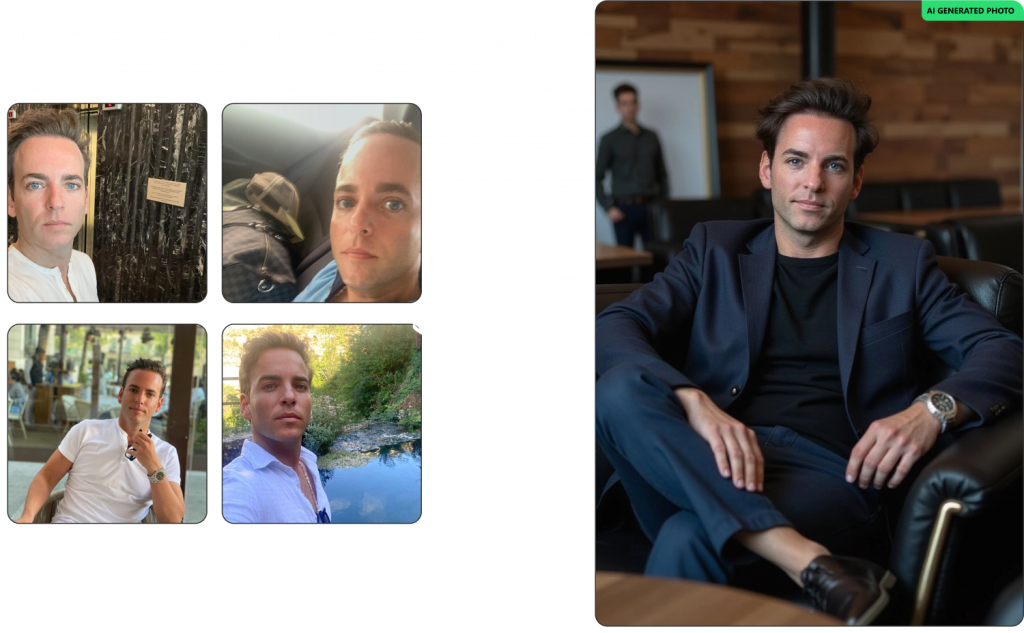[vc_row][vc_column][vc_column_text css_animation=»bottom-to-top»][/vc_column_text][gem_divider margin_top=»30″][/vc_column][/vc_row][vc_row css=».vc_custom_1561553716331{padding-bottom: 60px !important;}»][vc_column width=»1/2″][vc_column_text css_animation=»bottom-to-top»]Suele decirse que, de las crisis, los ricos salen todavía más ricos y los pobres, más pobres. Lo cierto es que los períodos de incertidumbre económica tienden a polarizar la sociedad en dos extremos y a eliminar de un plumazo lo que se mantiene en la tabla de en medio. Decía Coco Chanel que “el lujo es una necesidad que acaba cuando empieza la necesidad”, sin embargo, durante el batacazo de 2008, la industria del lujo se las ingenió para capear el temporal y no salió malparado. De hecho, algunos informes arrojan datos que revelan que un nuevo modelo de consumidor emergente que estaba naciendo entonces y que provenía fundamentalmente de Asia, tuvo mucho que ver en la recuperación del sector. Mientras Europa y Estados Unidos estaban inmersos en la debacle económica, en China crecía –y sigue creciendo–, una nutrida clase media y alta, con un elevado poder adquisitivo y que mira a los productos de alta gama con gran pasión y debilidad caprichosa. [/vc_column_text][/vc_column][vc_column width=»1/2″][vc_column_text css_animation=»bottom-to-top»]Doce años después, ese modelo de negocio parece haberse detenido, al menos momentáneamente. Las restricciones para viajar y la falta de confianza en el consumidor han impactado de lleno en un sector que presumía de tener músculo suficiente para resistir los envites de los períodos de crisis. Incluso las rentas más altas parecen haber contenido su ritmo de compras en parte, también, por el miedo al contagio.
Sin embargo, el escenario no es tan negro como pueda parecer para el mercado del lujo. A pesar de que el mundo ha cambiado más durante estos meses que durante el último siglo, esta industria poderosa (que no rentable per se), se afana por lanzar líneas de perfumes, cosméticos y complementos para fortalecer su músculo financiero. Además, ya se levantan algunas voces que reclaman prendas llamativas, caprichosas y poco funcionales para lucir en los escasos momentos para ser vistos. [/vc_column_text][/vc_column][/vc_row][vc_row full_width=»stretch_row_content» equal_height=»yes»][vc_column width=»1/2″ css=».vc_custom_1601641293600{background-image: url(https://adictic.com/wp-content/uploads/2020/10/INT1-2.jpg?id=3800) !important;background-position: center !important;background-repeat: no-repeat !important;background-size: cover !important;}»][gem_divider margin_top=»400″][/vc_column][vc_column width=»1/2″ disable_custom_paddings_mobile=»true» css=».vc_custom_1561556193635{padding-top: 50px !important;padding-right: 80px !important;padding-bottom: 50px !important;padding-left: 80px !important;background-color: #000000 !important;}»][vc_row_inner][vc_column_inner offset=»vc_hidden-xs»][gem_divider margin_top=»130″][/vc_column_inner][/vc_row_inner][vc_column_text css_animation=»bottom-to-top»]
Así, mientras el chándal continúa en auge y a pesar de que la ropa de estar por casa haya pasado a ser “ropa”, a secas, muchos “se rebelan” y retoman las compras impulsivas, esas capaces de producir satisfacción inmediata y que suelen estar relacionadas con el mundo del lujo o las tendencias.
[/vc_column_text][gem_divider margin_top=»70″][vc_row_inner][vc_column_inner offset=»vc_hidden-xs»][gem_divider margin_top=»80″][/vc_column_inner][/vc_row_inner][/vc_column][/vc_row][vc_row css=».vc_custom_1561554148183{padding-top: 80px !important;padding-bottom: 60px !important;}»][vc_column width=»1/2″][vc_column_text css_animation=»bottom-to-top»]Así, mientras el chándal continúa en auge y a pesar de que la ropa de estar por casa haya pasado a ser “ropa”, a secas, muchos “se rebelan” y retoman las compras impulsivas, esas capaces de producir satisfacción inmediata y que suelen estar relacionadas con el mundo del lujo o las tendencias. En este contexto, por supuesto, estaríamos hablando de las clases con mayor poder adquisitivo o aquellas que no se han visto afectadas por la pandemia y que se sienten “con el derecho” de autoregalarse algún capricho.
[/vc_column_text][/vc_column][vc_column width=»1/2″][vc_column_text css_animation=»bottom-to-top»]Pero el coronavirus no solamente ha calado hondo en nuestros hábitos. Muchos han sido los que, por primera vez, han sido conscientes de cómo puede cambiar nuestra vida en un instante –ya lo repetía una y otra vez Joan Didion en su obra “El año del pensamiento mágico”–, y de que disfrutar el día a día es lo único que realmente tenemos. Esta filosofía del carpe diem y de dejarse llevar beneficia directamente a la industria puesto que ¿por qué no autoregalarse hoy eso que creemos que necesitamos si mañana ya veremos?
A este lado de la tabla también estarían aquellos que prefieren no comprar cantidad pero invertir en algún capricho caro, en ese bolso de lujo que llevaba deseando tanto tiempo o en esos zapatos tan bonitos pero incómodos.
Y es que, a pesar de las dificultades y de los desafíos que el sector tiene que enfrentar, el lujo en el siglo XXI ya se ha democratizado. Y aunque solo una pequeña parte de la población, al menos en España, puede comprarse un bolso de Hermès, todo el mundo puede gastarse lo que cuesta un pintauñas de Dior o un perfume de Chanel.
Fotos: Cortesía de Chanel.
[/vc_column_text][/vc_column][/vc_row][vc_row][vc_column][gem_image position=»centered» src=»3801″][/vc_column][/vc_row]



